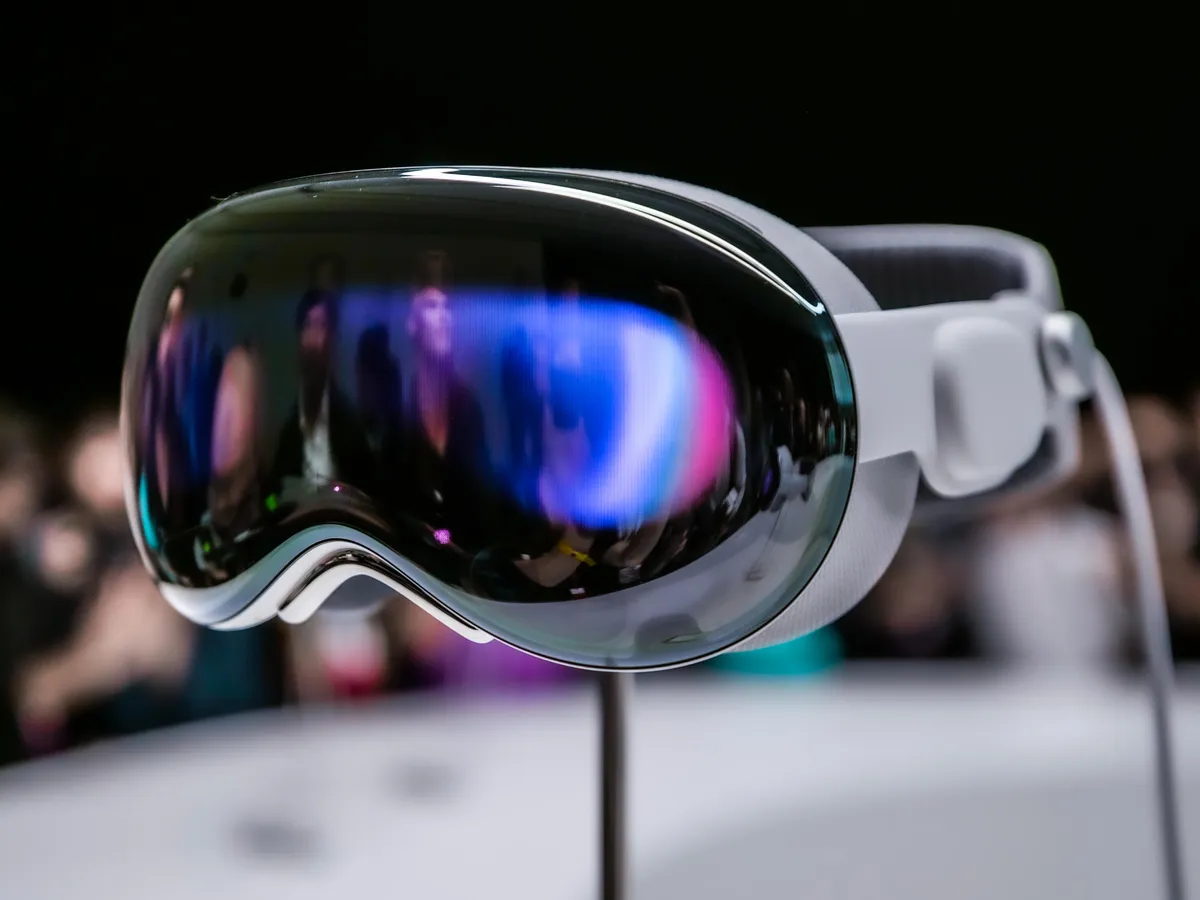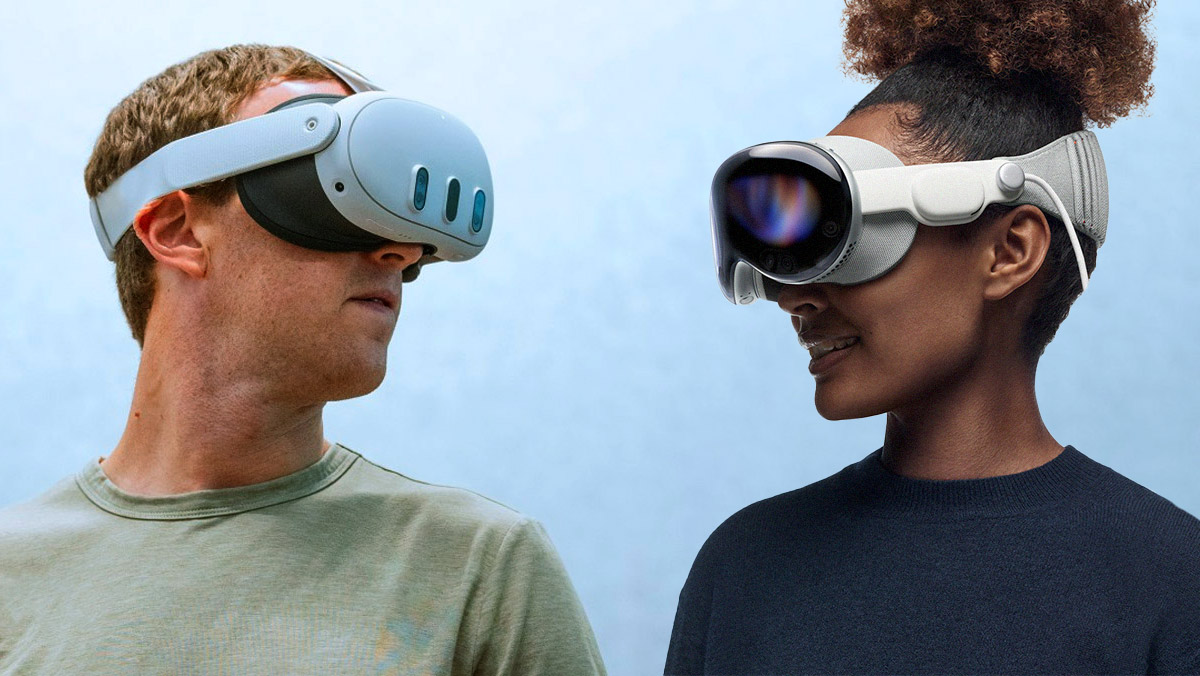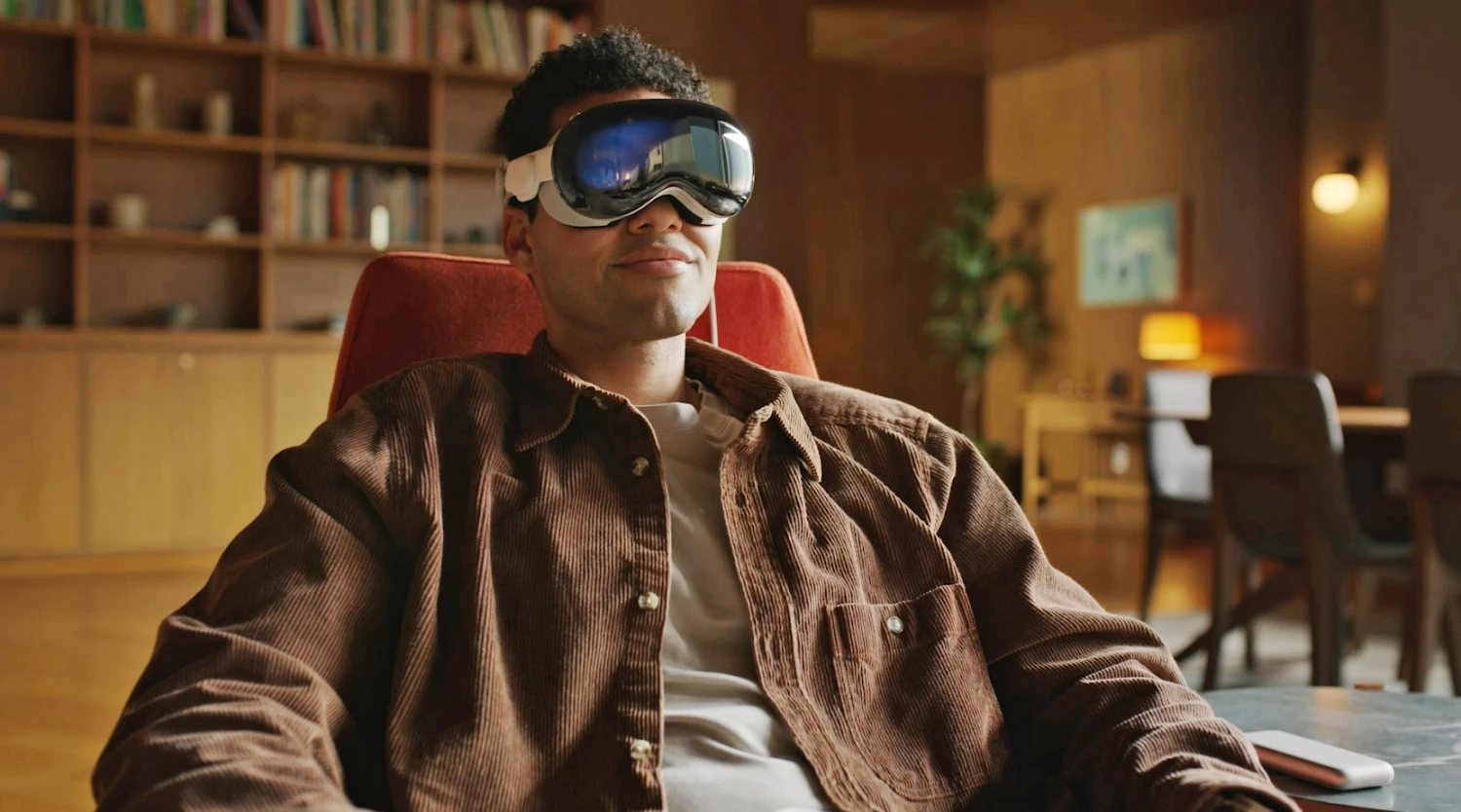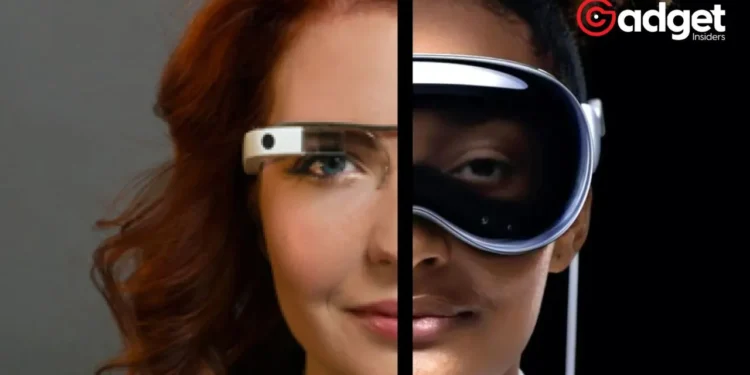Apple’s latest innovation, the Apple Vision Pro headset, has taken the tech world by storm with its cutting-edge features and design. Lauded for its “Minority Report”-style gestural interface and immersive experience, the Vision Pro is Apple and Meta’s ticket to a future where the virtual and real blend seamlessly.
However, beneath the surface of excitement lies a concern that transcends the technical marvel: the potential rewiring of our brains and the alteration of our perception of reality.

Apple Vision Pro: The Dawn of Passthrough Technology
Passthrough technology, a cornerstone of the Apple Vision Pro and Meta’s Quest 3 and Quest Pro headsets introduces users to a synthetic version of their environment, enhanced with digital elements. This innovation promises a world where digital and physical realms coexist, enabling users to interact with virtual objects as if they were part of their immediate surroundings.
Yet, this leap forward raises questions about the long-term implications on our cognitive functions and social interactions.

Apple Vision Pro: The Psychological Experiment
Stanford’s Virtual Human Interaction Lab Director, Jeremy Bailenson, highlights the societal experiment we’re embarking on with widespread VR headset use. As these devices become an integral part of our daily lives, their influence on how we perceive distance, space, and even social interactions could have profound effects.
The immediate side effects of VR, such as misjudgment of distances and object distortion, are just the tip of the iceberg. Prolonged exposure could fundamentally alter our interaction with the real world, leading to a disconcerting detachment from reality.
Apple Vision Pro: The Social Consequences of Passthrough
Passthrough technology’s capability to edit our reality—adding or deleting elements from our visual field—poses ethical and social questions. The notion of being able to erase undesired elements or people from our sight is not just a technical possibility but a moral dilemma. This form of selective perception could deepen societal divides, making empathy and common understanding even more elusive.
They don’t want you to know, but the Apple Vision Pro is actually an IVAS. pic.twitter.com/Scp3O4g4ak
— ak (@1akenh) February 12, 2024
The Apple Vision Pro Experience: A Double-Edged Sword
Using the Apple Vision Pro for extended periods has revealed unsettling aftereffects, such as simulator sickness and a distorted sense of space and distance. These symptoms suggest that our brains and bodies struggle to reconcile virtual enhancements with the physical world’s constants. This dissonance is not merely an inconvenience but a signal of the deeper cognitive recalibration that occurs with prolonged headset use.
The Quest for Common Ground
As we venture further into this mixed reality, the challenge lies in preserving a shared sense of reality. The individualized experiences offered by headsets like the Apple Vision Pro threaten to fragment our collective understanding of the world, making it increasingly difficult to find common ground. This shift could have implications far beyond technology, affecting everything from interpersonal relationships to societal cohesion.

A Call for Responsible Innovation
The excitement around the Apple Vision Pro and similar technologies is understandable, given their potential to expand our horizons. However, as we stand on the brink of integrating these devices into our everyday lives, it is crucial to consider the broader implications.
The tech industry must prioritize understanding and mitigating the psychological and social impacts of prolonged use, ensuring that as we embrace new realities, we do not lose sight of what binds us together.
While the Apple Vision Pro represents a significant leap forward in technology, it also serves as a reminder of the responsibilities that come with innovation. As we explore these new frontiers, let us do so with mindfulness and a commitment to preserving our shared humanity in an increasingly digital world.










